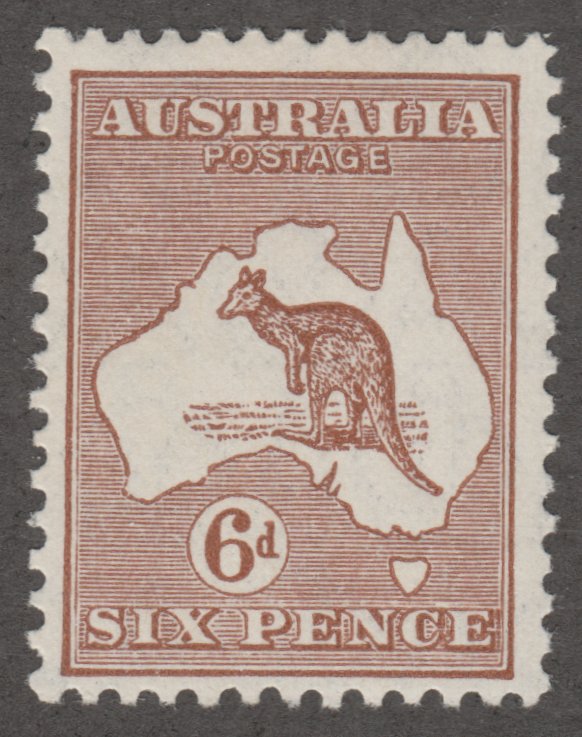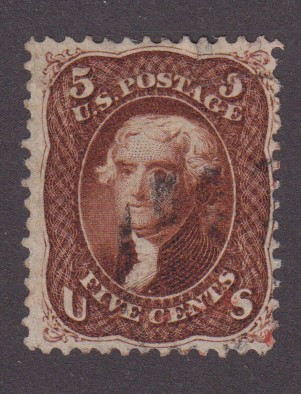
Discussion - Member to Member Sales - Research Center

Discussion - Member to Member Sales - Research Center

1. Die cuts - look at shape (especially at the corners) and whether the die cuts are regular or irregular
2. Date - check the location, size, color, style (made of dots, lines, etc)
3. Microprint - check the location, font, size, and direction of printing
4. Resolution / size of dot matrix - fine, medium, coarse
5. Ink colors - some are lighter, duller, cracked
6. Printed words - colors, shape of letters, measurements (height, length, thickness), check if all letters/words are level
7. Overall appearance - size of the printed image, matte finish, glossy finish, tagging (both short wave and long wave reactions)
In general, official, government contracted printers seem to produce higher quality stamps over the last years but that seems to be changing. Some of the newer ones only differ in their reaction to UV light.
I am curious as to how other people look for counterfeits. Some of the differences are obvious to the naked eye but most need high powered magnification or digital microscope and UV lights.

4 Members
like this post.
Login to Like.
I haven't tried the UV light method, Sally. What are you looking for (or not finding) for U.S. stamps? It might be that we should buy some of those heavily discounted stamps on the internet and use them as a guide for finding fakes. I have a small envelope of them found by looking at the die cuts, a dead give away.

Login to Like
this post
With the UV lights you are looking for a reaction that doesn’t match the genuine stamps. So yellow glow where there shouldn’t be or no reaction where there should be. Some glow a different color or shape (block versus overall).
Found a new one under LWUV last night - 2022 flag coil where the edges glow bright white but the original doesn’t react at all. The stamps look identical under SWUV and under the microscope. Not sure if this difference could be due to a change in paper but it is fun to find.
Have been researching paper types and tagging for genuine stamps so I know what it should look like, but it is much easier to have a real one on hand.

4 Members
like this post.
Login to Like.

Counterfeits have been a topic of discussion for a while now. After evaluating a LOT of stamps over the past year or so, I have come up with my own method of inspecting modern stamps:
1. Die cuts - look at shape (especially at the corners) and whether the die cuts are regular or irregular
2. Date - check the location, size, color, style (made of dots, lines, etc)
3. Microprint - check the location, font, size, and direction of printing
4. Resolution / size of dot matrix - fine, medium, coarse
5. Ink colors - some are lighter, duller, cracked
6. Printed words - colors, shape of letters, measurements (height, length, thickness), check if all letters/words are level
7. Overall appearance - size of the printed image, matte finish, glossy finish, tagging (both short wave and long wave reactions)
In general, official, government contracted printers seem to produce higher quality stamps over the last years but that seems to be changing. Some of the newer ones only differ in their reaction to UV light.
I am curious as to how other people look for counterfeits. Some of the differences are obvious to the naked eye but most need high powered magnification or digital microscope and UV lights.

4 Members
like this post.
Login to Like.
07:52:00am
re: Evaluating Stamps for Counterfeits
I haven't tried the UV light method, Sally. What are you looking for (or not finding) for U.S. stamps? It might be that we should buy some of those heavily discounted stamps on the internet and use them as a guide for finding fakes. I have a small envelope of them found by looking at the die cuts, a dead give away.

Login to Like
this post

re: Evaluating Stamps for Counterfeits
With the UV lights you are looking for a reaction that doesn’t match the genuine stamps. So yellow glow where there shouldn’t be or no reaction where there should be. Some glow a different color or shape (block versus overall).
Found a new one under LWUV last night - 2022 flag coil where the edges glow bright white but the original doesn’t react at all. The stamps look identical under SWUV and under the microscope. Not sure if this difference could be due to a change in paper but it is fun to find.
Have been researching paper types and tagging for genuine stamps so I know what it should look like, but it is much easier to have a real one on hand.

4 Members
like this post.
Login to Like.

